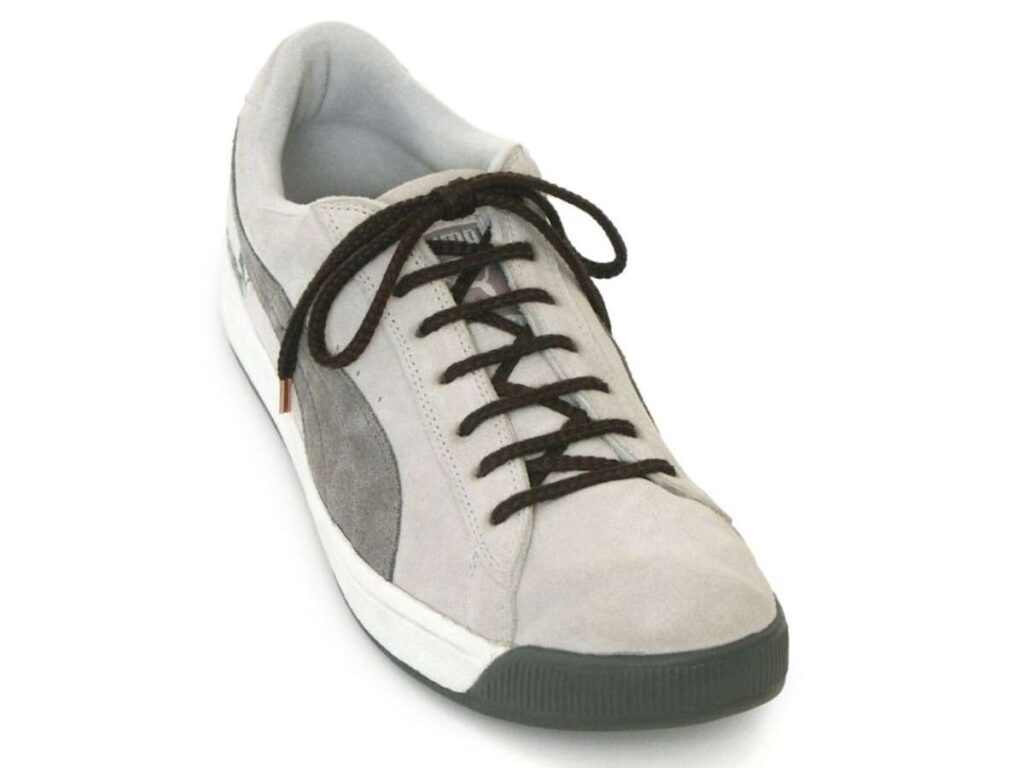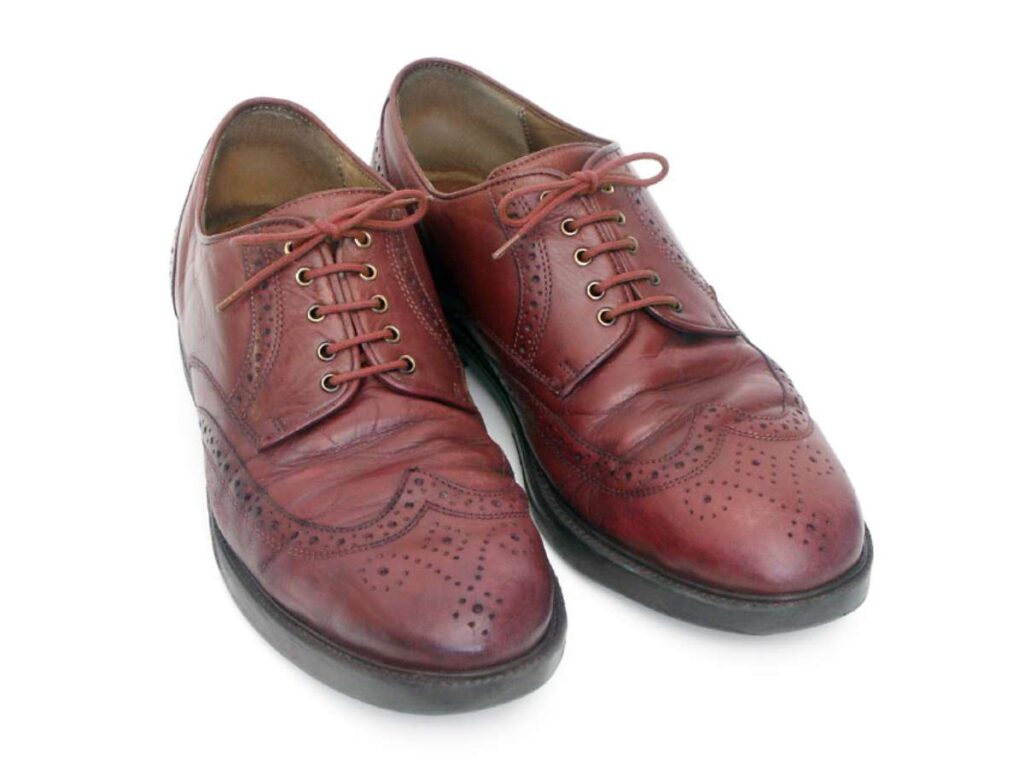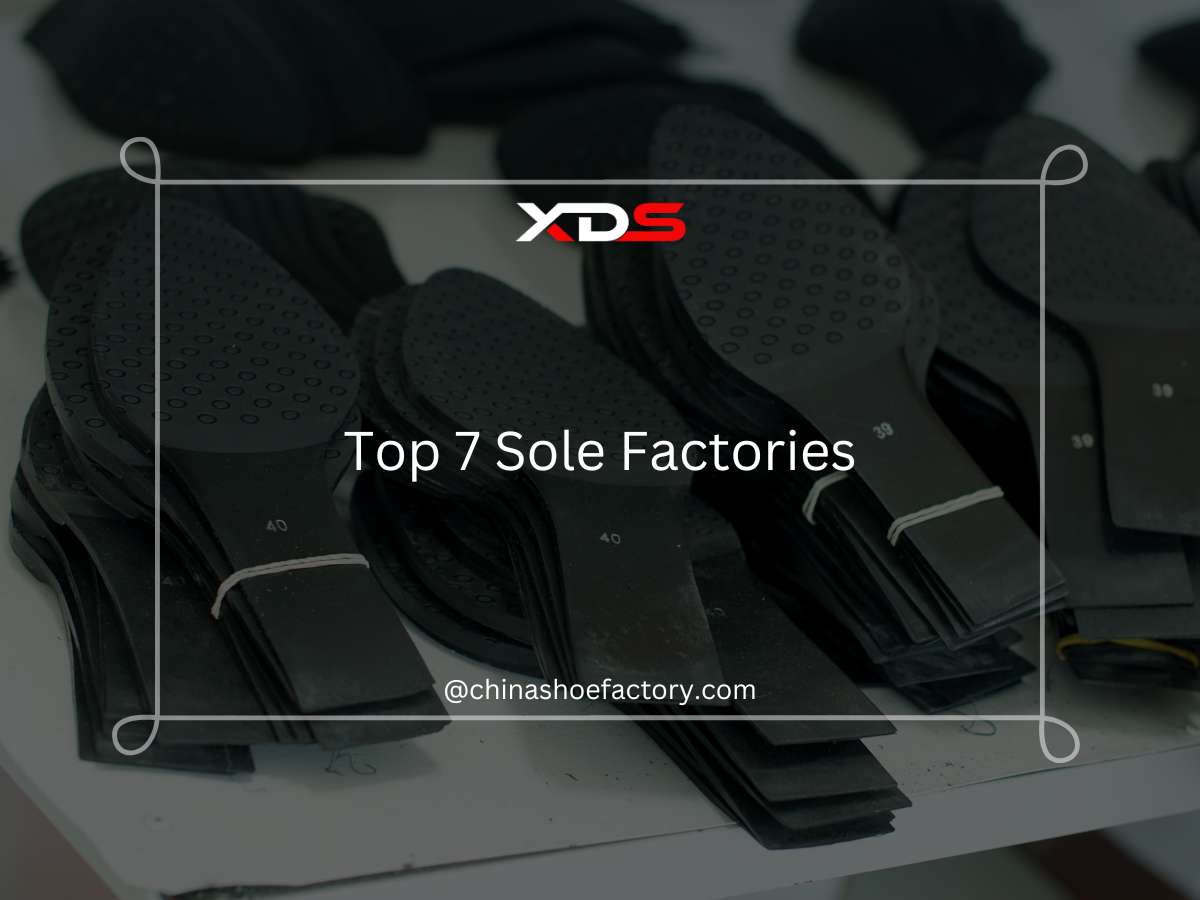The Ultimate Guide to Straight European Lacing

Author: Andy Hong | Founder at XDS
Hi, I'm Andy Hong, here to share my expertise in footwear manufacturing with you.
The Ultimate Guide to Straight European Lacing
Table of Contents
I used to overlook lacing methods until I saw how they affected the fit and structure of dress shoes in professional settings. Uneven tension or misplaced eyelets could ruin a polished look.
That’s when I explored Straight European Lacing and why it’s commonly used in formal wear.
Every element of professional attire plays a role. The way shoes are laced can contribute to both comfort and a refined appearance, especially in corporate environments.
I’ve analyzed and tested various lacing methods, and this one consistently delivers balance and structure. If your business prioritizes details that reinforce professionalism, this method is worth understanding.
This guide will cover how Straight European Lacing works, why it’s chosen for business wear, and how to apply it correctly. You’ll get a clear breakdown of whether it fits your company’s standards.
Let’s get started.
1. What is Straight European Lacing?
What exactly is Straight European Lacing? This traditional Straight Lacing method is more common in Europe and is sometimes referred to as “Ladder Lacing” due to its distinctive, evenly spaced horizontal lines. The laces run straight across on the outside, creating a structured, professional appearance, while the diagonal segments remain hidden inside the shoe.
This method ensures an even distribution of tension, making it ideal for dress shoes and business footwear.
- A Structured and Polished Look – The straight-across laces provide a neat, symmetrical appearance, reinforcing a professional image.
- Even Tension Across the Shoe – Unlike standard crisscross lacing, this method distributes pressure evenly, preventing tight spots or loose areas.
Straight European Lacing is often used in corporate environments where details matter. Whether it’s for executives, professionals, or businesses that maintain a formal dress code, this lacing method ensures both presentation and practicality.

2. Features of Straight European Lacing
Straight European Lacing is designed for precision, structure, and a refined finish, making it a preferred choice for professionals who value both presentation and functionality. While its polished exterior is what draws attention, its structural advantages go beyond aesthetics.
Here are the key features that make this lacing method stand out:
Suits Dress Shoes
This lacing style is particularly well-suited for Oxfords, Balmorals, and other formal dress shoes that require a structured, professional look. Unlike standard lacing methods that can cause gaping or uneven closure, Straight European Lacing keeps the shoe’s form intact.
- Creates a clean, flush closure – On closed-lacing systems like Oxfords, this method allows the two sides of the shoe to come together smoothly without bunching or overlapping.
- Enhances the structured design of formal footwear – By maintaining even tension across the shoe, this lacing style complements the sleek, polished lines of business footwear.
Neat on Top
One of the most recognizable characteristics of Straight European Lacing is its clean and symmetrical appearance. The straight, parallel laces offer a refined look that is commonly associated with high-end formal shoes.
- Creates a structured, ladder-like alignment – Unlike crisscross lacing, this method results in evenly spaced, horizontal lines that maintain a uniform look.
- Pairs well with premium leather shoes – The neat layout enhances the smooth appearance of fine leather footwear, making it a preferred choice in corporate and executive settings.
Tight and Secure Fit
Despite its neat exterior, the hidden structure of this lacing method provides strong and consistent tension. The underlying zig-zag pattern may not be visible from the top, but it plays a crucial role in keeping the shoe secure.
- Evenly distributes pressure across the shoe – The diagonal passes underneath create a balanced hold, preventing the laces from loosening throughout the day.
- Ideal for long wear in professional settings – The consistent tension makes this lacing style comfortable and reliable for extended use, reducing the need for adjustments.
Efficient Lace Length Usage
Straight European Lacing requires slightly more lace length than standard crisscross lacing due to its hidden diagonal passes. As a result, the lace ends are typically about 3% shorter compared to other lacing styles.
- Reduces excess lace length – This method minimizes the risk of overly long lace ends, which can be an issue with some dress shoes.
- Optimized for professional footwear – The shorter lace ends contribute to a clean, professional finish without unnecessary bulk.

3. Lacing Techniques
Straight European Lacing follows a structured process to create a clean, symmetrical look while ensuring a secure fit. Unlike standard crisscross lacing, this method requires alternating diagonal passes underneath to keep the top view neat. Here’s a step-by-step breakdown:
- Begin with a straight base. Insert the lace straight across on the outside and in through the bottom eyelets. For shoes with an odd number of eyelet pairs, adjust so that the left lace end is slightly longer than the right.
- Cross the left lace diagonally on the inside. Take the left lace and pass it diagonally underneath to the next available eyelet on the opposite side, then bring it straight across on the outside.
- Cross the right lace diagonally at a steeper angle. The right lace also moves diagonally inside, but at a sharper angle, before coming out straight across on the outside.
- Alternate the left and right laces. Repeat the pattern, alternating the diagonal crosses inside the shoe while keeping all horizontal passes straight across on the outside.
- Continue lacing until reaching the top. Maintain the alternating pattern with each row to keep the tension even and the lacing structured.
- Check for even tension. Before tying, adjust the laces to ensure there are no loose or overly tight sections. This method naturally distributes pressure evenly, but minor adjustments help maintain comfort.
- Tie the laces securely. Once the final eyelets are reached, both lace ends should emerge evenly at the top, ready for a standard bow or knot.
When executed correctly, Straight European Lacing provides a professional, structured finish with a clean, uniform look on top and a strong, secure hold underneath. Now, let’s go over which types of shoes benefit the most from this method.
4. Sports / Military Advice
Straight European Lacing isn’t just for appearance—it also has practical benefits in sporting and military settings. The upper horizontal sections can be quickly cut with a knife or scissors, allowing for rapid boot removal in case of a sprained or broken ankle. This makes it useful in emergency situations while still maintaining a secure fit during regular use.
However, military personnel should check regulations before adopting this method. Many armed forces have strict guidelines on uniform standards, including lacing styles. While this method offers advantages, compliance with official rules is essential.
Conclusion
Straight European Lacing isn’t just a technique. A clean, structured lacing pattern gives you a polished and professional look, reinforcing attention to detail where it matters most.
You’ve seen the benefits. You’ve learned the method. Now, it’s time to try it for yourself.
XDS Shoes, a trusted manufacturer in China, designs premium footwear that complements this lacing technique perfectly.
Have you been paying attention to the small details?
If not, today’s the day to start. Contact us now to take your professional footwear to the next level.
Quick Quote
Fill out the form, get the quote in hours!





